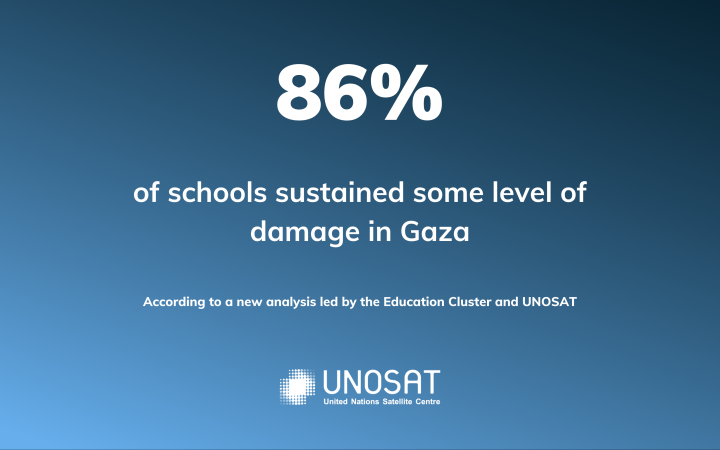The Australian rail workforce is facing a looming retirement cliff amid unprecedented investment in the industry, according to a new report.
The Rail Workforce – An Analytical Overview was prepared by the UK’s National Skills Academy for Rail (NSAR) on behalf of the Australasian Railway Association (ARA) to better understand the current skills issues in the post-pandemic environment.
The ARA’s CEO Caroline Wilkie said the report found that about 35 per cent of the Australian rail workforce would retire by 2035, with almost a third of train drivers currently aged over 55.
“The industry is facing a retirement cliff, with more than a third of the entire rail workforce aged over 50 years, one in 10 aged over 60 and only four per cent less than 25 years old,” Ms Wilkie said.
“With an unprecedented $154 billion investment over the next 15 years and the rollout of critical city-shaping projects across the country, we desperately need both skilled and unskilled workers to enter the rail industry now.”
The report found the 165,000-strong Australian rail workforce will have a 70,000 shortfall by 2024, mostly in operational and project roles, including engineers, train drivers and controllers and IT specialists.
“The ARA has several initiatives focused on boosting the rail workforce, including a Work in Rail campaign and bringing rail courses into engineering degrees, as well as programs to increase female participation to ensure the industry’s long-term sustainability,” Ms Wilkie said.
“However, it is crucial that industry and governments work together to promote the very many rich and rewarding careers that rail has to offer and implement strategies that improve diversity, which is vital to a thriving, sustainable industry.”
The report, which covers 55 per cent of the workforce, found 25 per cent of rail workers are female – compared with just 15 per cent in the UK – and had an average age of 42 compared with 46 for men. Victoria and South Australia have the highest female percentage of rail workers, at 27 per cent and 26 per cent respectively.
Rail offers more than 450 roles in six categories – operations, train movement, project management, engineering/infrastructure, corporate services, and trades/maintenance.
Train driver was the second-most popular role for women, followed by customer service assistant and train driver was the top job for men after maintenance engineer.
The report noted that given decarbonisation efforts in the industry that many more electrical skills, as well as new skills associated with battery electric solutions, will be required as Australia continues on its journey to net zero emissions by 2050.
The report was informed by new modelling which will help industry better plan for future demand and respond to skills shortages in critical areas.
The ARA has the following initiatives underway to address the workforce gap in rail:
- Partnering with the National Rail Skills Hub (National Transport Commission) to improve the mobility of workers in the rail industry.
- Partnerships with the education sector to build a range of training/learning solutions that support careers in rail and the transition to new technologies.
- Work in Rail campaign and website focused on career opportunities in the rail industry.
- Partnership with Engineers Australia to deliver a rail-specific graduate education program which ensures a national focus.
- Building non-accredited courses where there is an urgent industry need, including the ARA’s Understanding Rail Course and Introduction to Rail Signalling Course.
The rail industry contributes some $30 billion to the Australian economy, according to the ARA’s 2020 Value of Rail report.
The Rail Workforce – An Analytical Overview can be read here.








